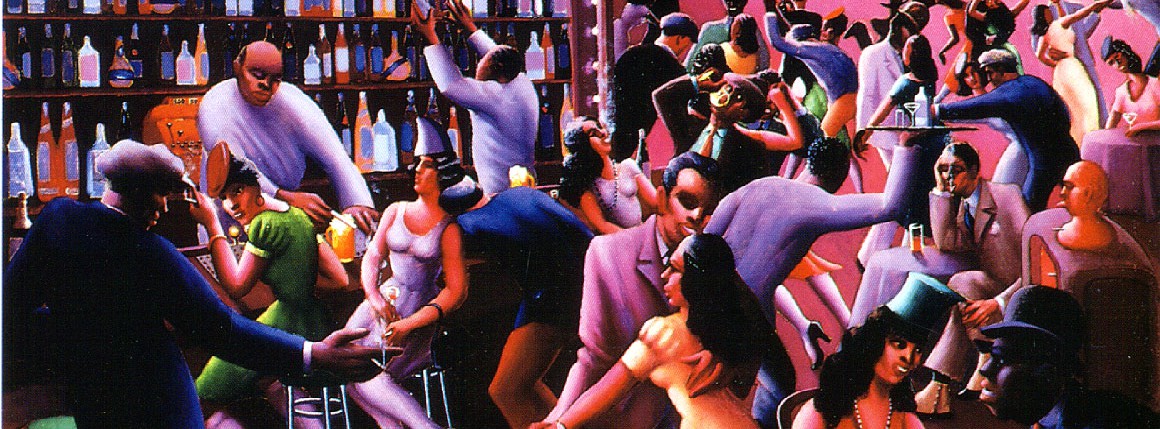The Lindy Hop was considered a cultural phenomenon for breaking through the race/ethnic barriers during the time of segregation. In the United States, African Americans and Caucasians did this dance together. The usually partnered dance began at Savoy Ballroom in Harlem, where race is minimal and whether the person can dance was essential.
Lindy Hop is a mix of several dances originating from places across America, Africa, and Europe. The footwork is partially based on the Charleston, tap dancing, the Cakewalk, Texas Tommy, Black Bottom, and other animal dances. The movements are combination of improvised African dances and the six to eight time structure of European dances.
Lindy Hop was famous for its eight beat rhythm. The rhythm was always the same, consisting of the same dance moves. Although the dance is usually with partners, people can dance individually due to its mixed origins. In African dances, men and women are usually separated, but dancing couples are typically European. What happened when the dancers left each other was unique in its own. When the couple separated from each other they improvised bits which usually consisted of their own moves. They added personal tempos, signature moves, and personalized acro movements.
The acts of dancers and dance troupes in cabarets and theatres assisted in spreading Lindy Hop. When Lindy Hop reached the white community, it was altered by reducing the luxuriant and wild aspects, and changed the name to “Jitterbug”. Nevertheless, the Jitterbug is extremely similar to the Lindy Hop. White troupes were soon created and performed the style in films and on stage.
Dean Collins was a well-known white dancer who studied the Lindy Hop in New York during the 1930’s. He then brought the “Savoy” style of Lindy Hop to Los Angeles, California. The Whitey’s Lindy Hoppers were a professional Savoy Ballroom dance group that had performed the lindy hop. The dancers “lindy hopped” in films (e.g. Hellzpoppin and A Day At The Races), and performed in Paris at the Moulin Rouge. During World War II, American soldiers brought this style to Europe in London ballrooms, Paris, and all places where Jazz and Swing was played.
As Lindy Hop spread nationally and internationally multiple styles and alterations were created. The dance evolved into forms such as the West Coast Swing, Rock’n’Roll, Boogie Woogie, the Jitterbug, Jive, Bop, Shag, Balboa, and the Imperial.
